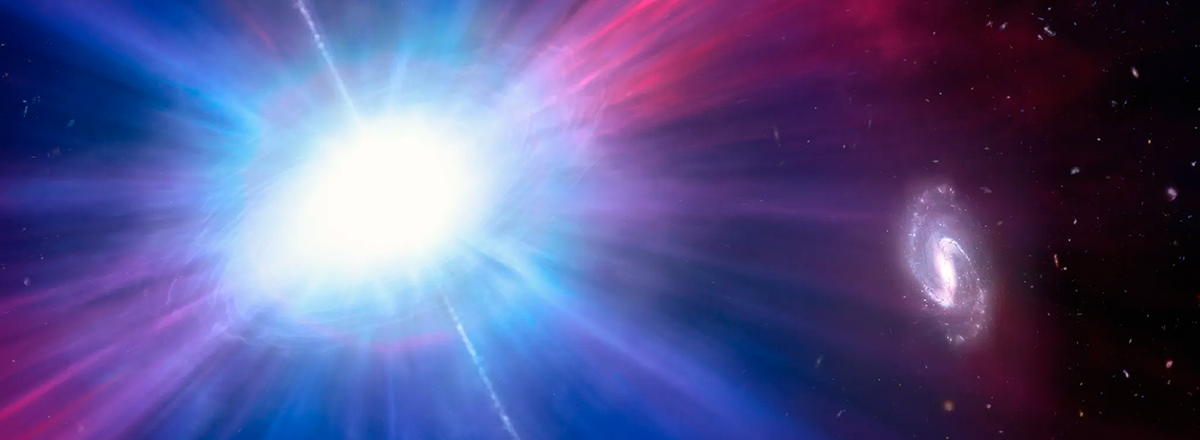Hubble Telescope Captures an Unexplained Cosmic Explosion Between Galaxies
This brilliant burst of blue light, an exceedingly rare phenomenon, occurred in an unexpected location, far removed from any host galaxy, challenging what astronomers thought they knew about these events.

NASA's Hubble Space Telescope has observed an unusual event known as a Luminous Fast Blue Optical Transient (LFBOT). This brilliant burst of blue light, an exceedingly rare phenomenon, occurred in an unexpected location, far removed from any host galaxy, challenging what astronomers thought they knew about these events.
LFBOTs are amongst the brightest optical events in the universe, flashing suddenly. They were first detected in 2018, and until now, all instances were observed within galaxies, where stars are born. However, the most recent LFBOT, named "the Finch" (AT2023fhn), was found between two neighboring galaxies, some 50,000 light-years from one large spiral galaxy and 15,000 light-years from a smaller one.
Astronomers are considering two hypotheses to explain this bizarre location. Firstly, it could be the result of a star being torn apart by an intermediate-mass black hole, potentially lurking within a globular star cluster in the outer halo of one of the neighboring galaxies. Secondly, it might have resulted from the merger of two neutron stars, creating a kilonova.
However, these hypotheses raise more questions than answers. Stars massive enough to produce supernovae typically do not have time to travel far from their birthplace before exploding.

